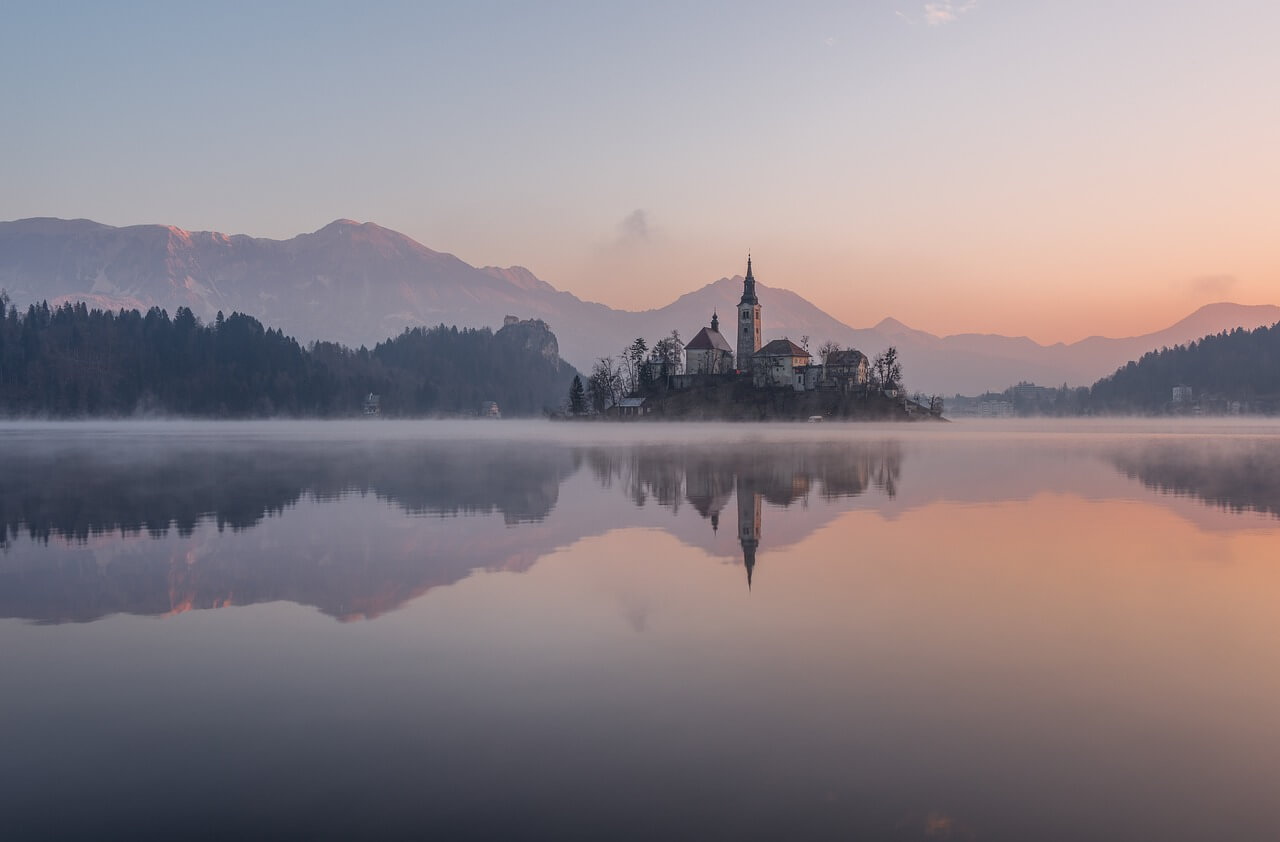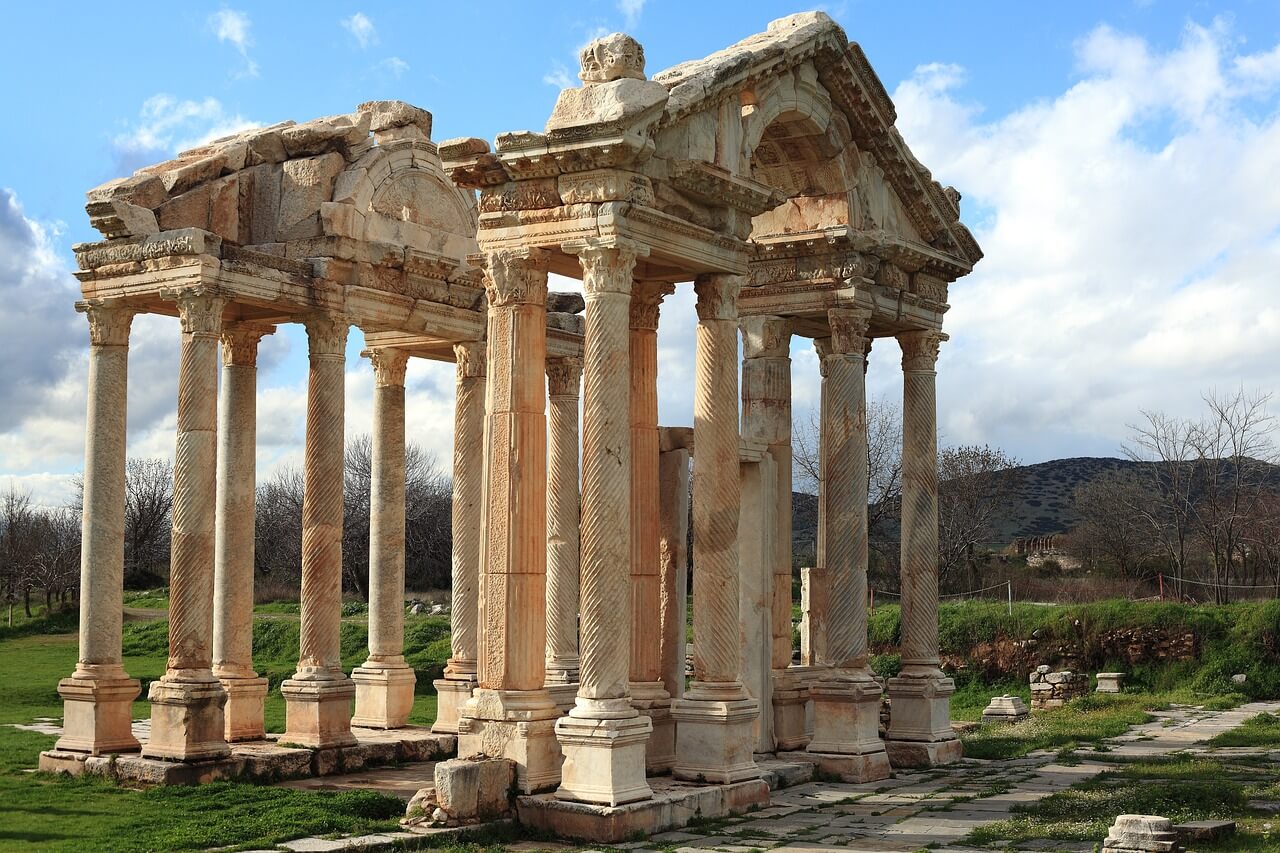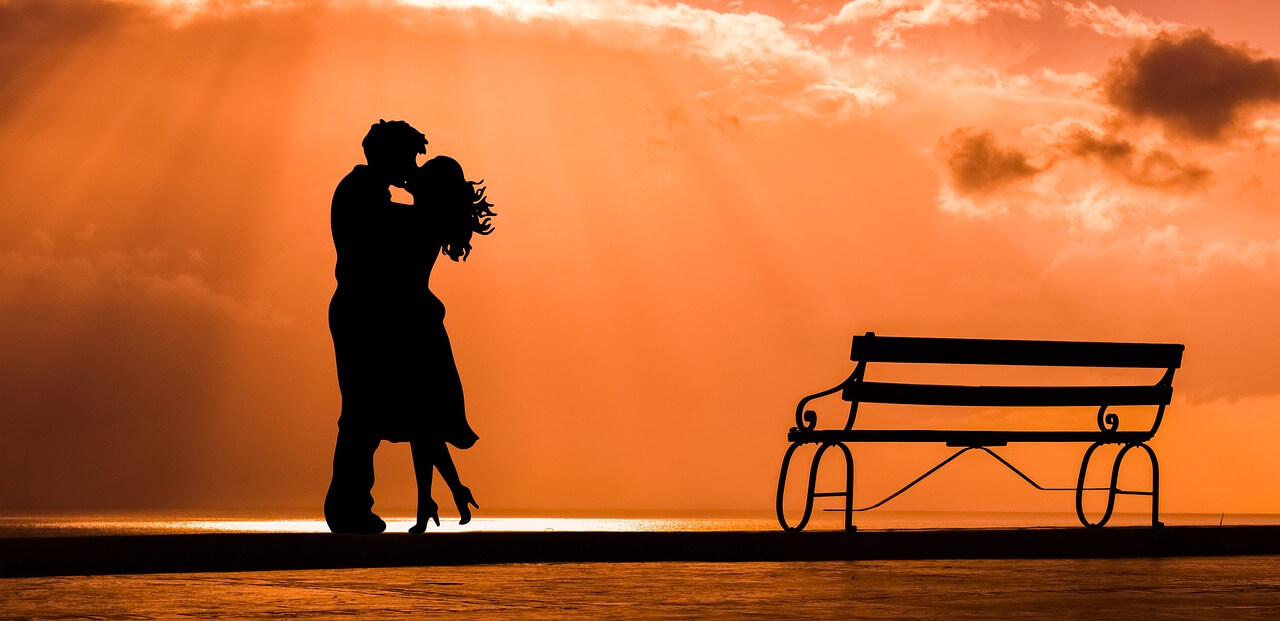“If there is any single genre that has captured the imagination of people in all walks of life throughout the world, it is the fairy tale, and yet we still have great difficulty in explaining its historical origins, how it evolved and spread, and why we cannot resist its appeal, no matter what form it takes” Jack Zipes, ‘The Irresistible Fairytale’
Fairy tales appeal to all ages and spark love and fear simultaneously. Fairy tales bear criticism for their gender bias and old-fashioned ideals. As a society, we are captivated by fairy tales and love to enjoy them and tear them limb from limb.
What is a fairy tale? Why are they captivating? When did fairy tales begin?
Fairy tales have no discernible origin, they started as an oral tradition before writing was popular and probably before writing was invented.
The fairy tales that are most familiar to a Western audience were originally written throughout Europe from the 16th to the 19th centuries. These tales can share similarities with tales that were written in Asia during the same time period. Trade along the Silk Road between Asia and Europe has flourished for centuries and the trade included culture and stories. This makes the origin of a written fairy tale hard to pinpoint, because a tale written in Italy in 1634 may have been influenced by a tale that was told widely in The Netherlands or China centuries earlier.
The early writers of fairy tales in Europe were both men and women. The image of the old woman knitting by the fireside and telling stories to children was certainly rooted in reality, however, this ideal was also promoted in the advertising of the printed fairy tale collections. Using the old woman as the image of the teller of the tales increased the nostalgic aspect of the stories, but it also limited the reach. Fairy tales were considered a lesser literary tradition and part of the mundane world of the household and childcare.
Even today we consider fairy tales as children’s stories. The fairy tale itself may be written for children but the reach of their influence goes far beyond. These captivating tales have influenced popular literature for centuries. Poets, as well as fantasy and fiction writers, have used the plots or imagery evoked from fairy tales to make their stories grounded in a shared and familial past. We know that fairy tales are not historically accurate–they are fantastical. They tap into a nostalgic past that we all relate to as imaginative history. These stories would not have struck the popular chord they did if the authors were not tapping into something culturally familiar, something that sounds like a story we heard when we were little. Some of the stories I am referring to are: Harry Potter, The Lord of the Rings, The Twilight Saga, Oliver Twist, The Mists of Avalon, A Discovery of Witches, The Outlander Series, Pride & Prejudice, and many more. The authors may or may not have thought about the influence of fairytales on their work but when we consider that an audience can easily be enveloped in a world like J.R.R Tolkien describes in The Lord of The Rings that’s because he is basing the structure on something familiar–a fairytale. The elements of fairy tales are present over & over again in love stories, tragedies, and journey trips. The transformation in a film like Pretty Woman is reminiscent of the transformation in Cinderella. This is a familiar scene–someone shows up with the means to shower the protagonist with riches both tangible and emotional.
If most of our novels and films today are influenced by fairy tales then why aren’t they all considered fairy tales?
In order to be considered a fairy tale, a story must conform to the common understanding of the genre. In our contemporary society, the term once upon a time marks a story as a fairy tale. This is based on the view that fairy tales are often timeless and placeless—often involving kingdoms, castles, non-human characters, and magical elements. The phrase once upon a time encompasses those realities because in fairy tales anything is possible and not questioned. The kingdoms rarely have specific names, the voyages are described without pinning them to real places, the magic is never unbelievable, and often the characters are named for their functions (Beauty, Aurora, Princess, etc.)

Fairytales are famous for transformations
The transformations that happen literally in fairy tales have mirroring importance in ordinary life. We may not have a fairy godmother to magically transform us from dirty cinders into a bejeweled princess like Cinderella, but we have all experienced the powerful influence of an individual who urges us to re-make ourselves in some way. Transformation, especially in early adulthood, is part of being human. Some of us find ourselves in an office after graduating from college and quickly realize that we need to get shopping so we can fit in better with our colleagues.
Even today young people find themselves simultaneously entering adulthood and parenthood in their early 20s. This is the theory behind the Sleeping Beauty tales, she wakens to a new life. In the earliest written version of Sleeping Beauty, published by Giambattista Basile in 1634, the protagonist is asleep even while she gives birth to her twins. She does not wake up when her prince kisses her (he has intercourse with her while she is in her magical sleep), she wakes when her son pulls the splinter from the magical spindle from under her fingernail. This beauty wakes up to find herself a mother and goes in search of her husband. She finds him and is challenged by his mother (who tries to kill her) and when her husband saves her then her happy family life begins. This version has little in common with the commonly told story based on the Grimms’ Briar Rose tale. In both versions, the protagonist is rescued and wakens to a new and exciting world. Today we graduate from high school and walk into a new world of paying rent or attending college.
In my dissertation, I use The Twilight Saga as an example of a modern-day Sleeping Beauty tale. By moving to a heavily wooded area Bella can often not see the Sun and she describes her surroundings as enclosed. This is reminiscent of the Grims’ version where Beauty is enclosed in a briar patch and closed off from the outside world. When Bella, in The Twilight Saga, becomes a vampire she wakes up to her true life, similar to Beauty waking up to her new full reality.
Fairy Tale Criticism
Critics of fairy tales often point out that the magical moments are not rooted in reality and therefore can be misleading for children. They may think that one day they will magically be transformed into a poised adult with all the riches and happiness in the world. This is why exploring the original tales is valuable. The transformations are often similar in fairy tales written by Perrault, d’Aulnoy, Basile, and others from the 16th and 17th centuries. But the context is different, the trials of the hero and heroine are more pronounced in the older tales than in the popular Disney versions. Fantasy is not harmful to children, parents were overwhelmingly thrilled with the popularity of the Harry Potter books because many kids became avid readers. Like fairy tales, the Harry Potter books contain magic and fantastical transformations. The books take the time to highlight the challenge the main characters face. This is similar to the older written fairy tales. There was less sugarcoating before Disney came onto the fairytale scene.
The other main criticism of fairy tales is the gender bias and limiting girls to being victims and boys to being saviors. Again, Disney made his choices and he didn’t choose to re-interpret tales that had strong and resilient female leads. That is not to say that every fairy tale from the 17th century has a strong female lead. Many older tales demonstrate strength in a different way than we are used to today. Superhero movies, for example, have many female characters who are powerful and beat up bad men as quickly and easily as male superheroes. This gender equality is not the same in fairytales, but I don’t think that is necessarily a detriment.

The Oldest to the Newest Tales
The history of fairy tales remains a mystery, the origins are understood to be from an oral tradition and therefore there is no documentation of the first fairy tale. What is evident is that fairy tales traveled. Maria Tatar’s The Classic Fairy Tales demonstrates the same type of tale in multiple cultures. Before tales were written, they were recited and recreated to suit a particular locality. Plato and Apuleius both relegate telling tales as an occupation for women. “Plato in The Gorgias referred to the ‘old wives’ tales’ told by nurses to amuse and frighten children.” In the second century, Apuleius’ tale within a tale, Cupid and Psyche, is described as “told by a drunken and half-demented old woman.” Cupid and Psyche may be the oldest tale written, but the oral tradition of telling tales and the origins of fairy tales will not be uncovered since they were not recorded.
Reading and writing were a luxury and therefore a mark of the more privileged in societies in pre-industrial times. Not only were pen and paper expensive, so were the time and expense to learn to write. The time to sit and read for pleasure was also far out of grasp for most. Entertainment, however, was always popular, and entertainment while working was practical. The attraction of sharing stories orally was practical in light of the illiteracy rates.
The tales that are retold and re-envisioned in our world are remnants from our ancestors; however, the marked alterations in story line tell us that we are a different society. Many themes are similar, but the more disturbing stories are either ignored or watered down for Disney productions. In the television series Once Upon A Time (2011), the theme of redemption and forgiveness is a driving force for many of the characters. They all have depth, they all do good things and bad things, and they all ask for forgiveness as they all transform over the course of the show’s six seasons. The modern audience wants the villains to be understood and exonerated. We crave a reason for bad characters to be bad and desire for them to be transformed. In the modern fairy tale genre, we do not want to think that villains are villains and deserve to be punished, we want to see redemption.
in modern renditions of fairy tales on screen or television, the audience craves more understanding, more depth, and more awareness of the characters. The contemporary version of Sleeping Beauty, titled Maleficent (2014), makes the villain understood, even reachable, and capable of transformation herself. The television series Once Upon a Time redeems almost all of the villains in the classic tales. The main villain is the evil queen from Snow White, who in this series becomes friends with the heroes and is proclaimed to be a heroine herself, fighting on the side of good for the ultimate “happy ending”
Modern society does not want to let the evil simply be evil—we need an explanation at least. The reason is most often rooted in a difficult childhood encompassing cruelty or abandonment. The evil villain is seen suddenly as a whole person when we are shown that they too were victims. Classic literary fairy tales written before the twentieth century differ from these modern adaptations but are still definable as pre-cursors to modern Disney tales.
Fairy tales do not need to contain fairies or any otherworldly creatures, they do not need to play by the laws of gravity or physics, and they do not need to end on a pleasant note. Fairy tales can be geared towards children or adults, they can be written by men or women, they can contain moral or life lessons, they can feature allegorical characters, and they can be inconclusive about the whys and hows. In some ways, fairy tales are boundaryless. However, they do contain a structure and foundation from which this freedom can flourish. One of the key ingredients in the structure is transformation, change, or metamorphosis. The characters in fairy tales transform, and the fairy tales themselves evolve over time.






